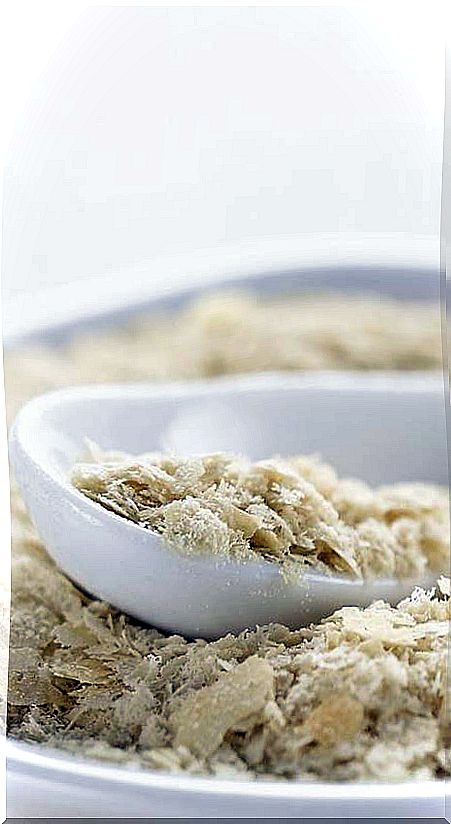How To Use Chromium Picolinate To Prevent Diabetes
Chromium supplementation can be part of a plan to lower blood glucose levels. This supplement complements dietary measures and its effect can be reinforced with medicinal plants and other nutrients.

- Relationship between stress and glucose level
- Chromium deficiency and hyperglycemia
- What dose of chromium can be taken?
- A diet to control sugar
- Other nutritional supplements
- Medicinal plants that help
Chromium deficiency can contribute to rising blood sugar levels, especially during chronic stress situations.
Detecting chromium deficiency, adjusting the diet and helping us with supplements and medicinal plants can help us control hyperglycemia
Relationship between stress and glucose level
Stress depletes the so-called “glucose tolerance factor” (FTG), a molecule that is synthesized in the liver and is made up of vitamin B3, glutamic acid, glycine, cysteine and chromium.
FTG works with the insulin produced in the pancreas to control blood sugar levels. Both substances contribute to the transport of glucose to cells for combustion.
Some diabetics do not actually have insulin problems, but have a deficiency of FTG, which is why insulin is not used in this case.
Chromium deficiency and hyperglycemia
One of the reasons that not enough FTG is produced is that you do not get enough chromium in food and that its reserves in the body are depleted. This is more likely to happen in older people.
That is why it is advisable to incorporate foods rich in chromium, such as brewer’s yeast, wheat germ, mushrooms, walnuts, apples, green leafy vegetables, and whole grains.
What dose of chromium can be taken?
People who have high blood glucose levels (more than 140 mg / dL), overweight or compulsive cravings for sugar or sweet foods are recommended to administer chromium in the form of a supplement.
The most active form is chromium picolinate, which should be taken between meals. The recommended daily dose (RDA) is calculated between 0.5-1.5 mg / day, although the therapy is usually somewhat higher and must be determined based on the analytical results of each person.
A usual dose is 500 mg of chromium picolinate twice a day for four months.
Chromium can be part of a strategy to prevent the development of type two (non-autoimmune) diabetes, along with a proper diet and regular exercise regimen.
A diet to control sugar
It is important to accompany meals with vegetable garnishes, since vegetable fiber slows down the rate of absorption of sugars from food.
It is advisable to avoid sweets and products made with refined flours, and increase the intake of raw plant foods, rich in fiber, both soluble (pectin, whole grains, algae) and insoluble (legumes, green leafy vegetables).
Substituting white bread for wholemeal is another wise measure. If it is also enriched with flax seeds, the benefit is multiplied. This food provides lignans, which help reduce cholesterol and sugar levels; It is also an excellent source of omega-3 fatty acids and magnesium, nutrients that increase the sensitivity of cells to insulin.
Other beneficial foods are raw garlic and ginger, for their properties to regulate blood glucose and prevent cardiovascular disorders.
The grapefruit juice and cinnamon are other aids, for both naringenin of grapefruit as active principles of the cinnamon increase the capacity of absorption of glucose by the cells.
Other nutritional supplements
In addition, you can incorporate some orthomolecular supplements into your diet:
- Vitamin C with bioflavonoids (1 g per day), as it facilitates the transport of insulin into the cells.
- A complex of B vitamins (50 mg / day).
- Coenzyme Q-10 (30-120 mg / day).
- Manganese (10-30 mg / day)
- A 2ml sublingual ampoule of Zn-Ni-Co, a combination of trace elements that regulate blood glucose.
Medicinal plants that help
Medicinal plants that regulate liver function, such as dandelion, milk thistle and travalera, also help produce FTG .
A particularly recommended plant is Gymnema sylvestris, in doses of 500 to 1,500 mg of dry extract. This plant stimulates the secretion of insulin and prevents the accumulation of triglycerides in the muscles and liver.









